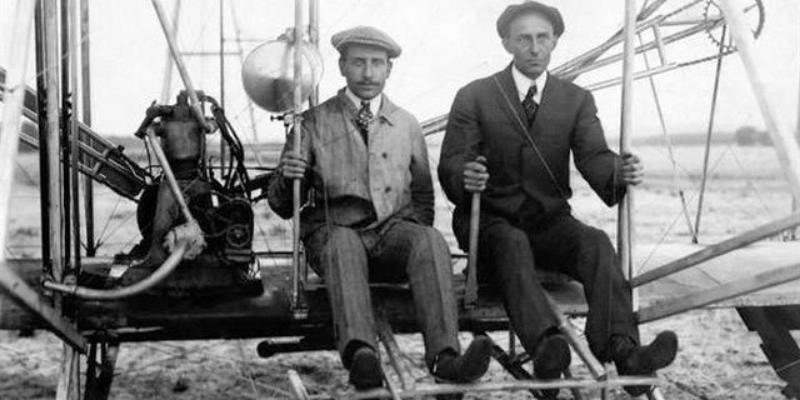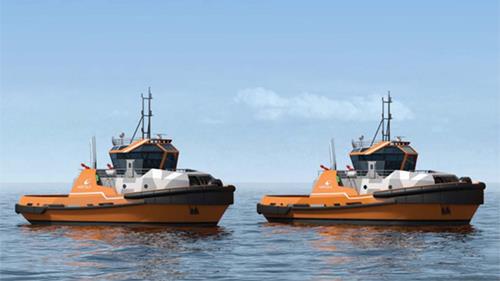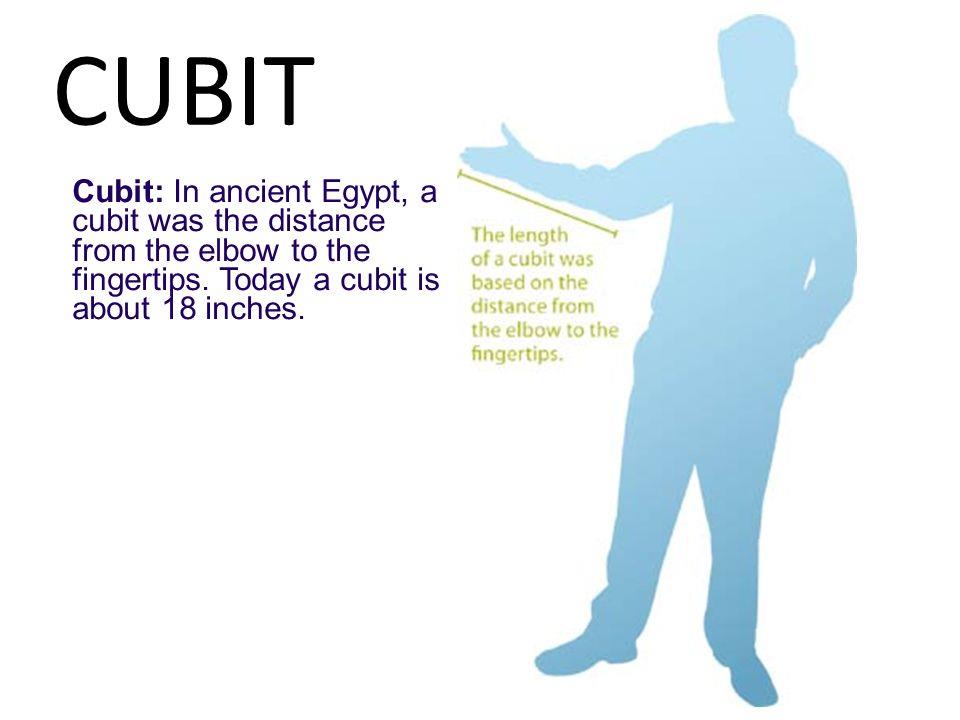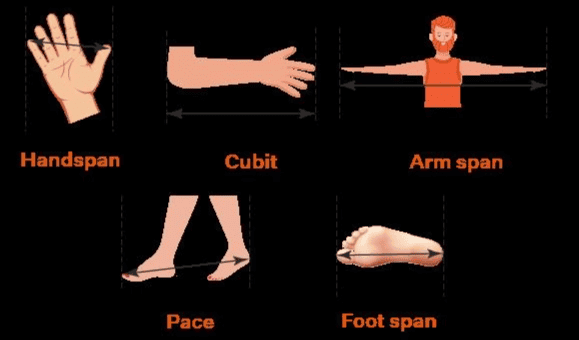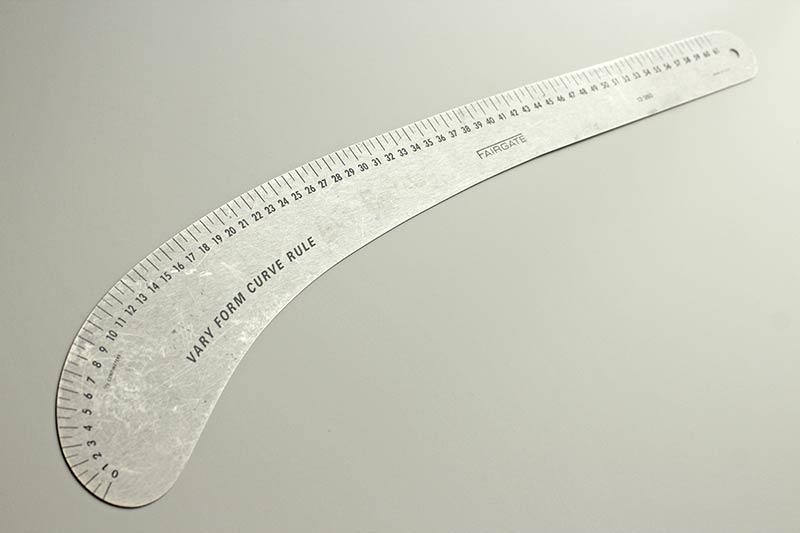|
Card: 2 / 40 |
Walking was the primary means of transportation before the invention of the wheel. |
|
Card: 5 / 40 |
Riddle: I am a mode of transport that flies high, invented by two brothers who aimed for the sky. What am I? |
|
Card: 9 / 40 |
Fill in the blank: Bullock carts and chariots were created after the invention of the ___ and the use of ___ for pulling. |
|
Card: 14 / 40 |
The distance to be traveled and how fast one wants to reach the destination often determine the choice of transport mode. |
|
Card: 15 / 40 |
In ancient Egypt, the unit of length known as the cubit is defined as the distance from ___ to ___. |
|
Card: 17 / 40 |
True or False: The International System of Units (SI units) has the meter as its standard unit of length. |
|
Card: 21 / 40 |
Riddle: I am a unit of measure, used by many long ago, from your foot to your finger, my distance you can know. What am I? |
|
Card: 23 / 40 |
What is the primary purpose of establishing standardized units of measurement? |
|
Card: 27 / 40 |
What is the correct procedure for measuring the length of an object using a ruler? |
|
Card: 28 / 40 |
Place the ruler along the edge of the object with the zero mark at one end, note the reading at the other end, and ensure your eye is directly in line with the measurement for accuracy. |
|
Card: 31 / 40 |
True or False: You should look at the ruler from an angle to get a more accurate reading. |
|
Card: 32 / 40 |
False: You should look directly in line with the measurement to obtain accurate readings.  |
|
Card: 33 / 40 |
Fill in the blank: A non-stretchable string or thread is used to measure the length of a ___ line. |
|
Card: 36 / 40 |
The correct eye position ensures that measurements are taken accurately by allowing you to see the exact point on the ruler where the measurement is being made. |
|
Card: 38 / 40 |
A ruler can measure both straight lines and curved lines using a non-stretchable string. |
|
Card: 40 / 40 |
The ruler should be placed along the edge of the object with the zero mark aligned at one end. |




